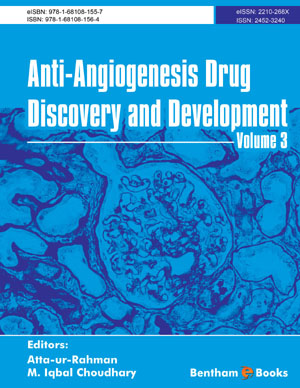Abstract
Alzheimer’s disease (AD) is a neurodegenerative disease characterized by a progressive loss in memory and cognitive abilities. One of the key pathologic features of AD is the accumulation of beta amyloid (Aβ). Somatostatin has been shown to regulate neuronal neprilysin activity, a key enzyme involved in Aβ catabolism. The actions of somatostatin are mediated through somatostatin receptors 1-5. The somatostatin subtype-4 receptor (sst4) is expressed in key regions of the brain impacted by AD. Thus, sst4 agonists may serve as disease modifying agents (i.e., preventative), enhancing enzymatic activity and decreasing neurotoxic Aβ species within key brain regions of AD patients. This chapter will address the viability of such sst4 agonists within the context of AD therapy, in conjunction with strategies for design, synthesis, and recognition at the macromolecular level.
Keywords: Alzheimer’s disease, amyloid cascade hypothesis, beta amyloid, G protein coupled receptors, homology modeling, model building, somatostatin receptor subtype 4, somatostatin receptors, neprilysin, tau hypothesis, virtual screening.






















